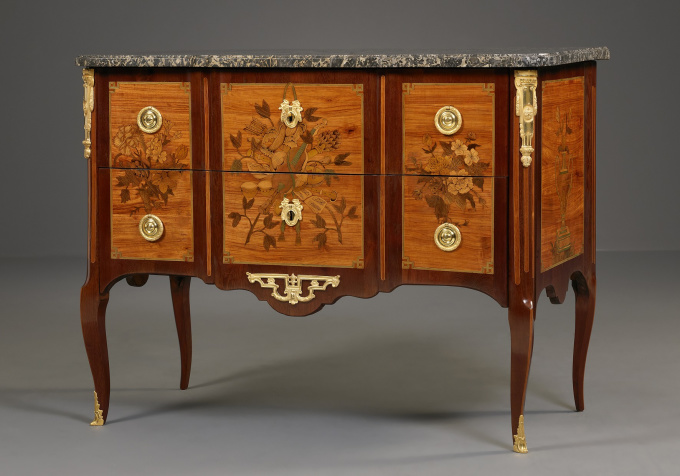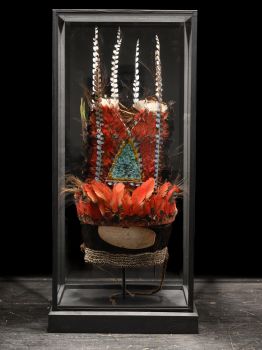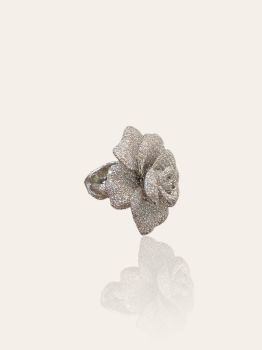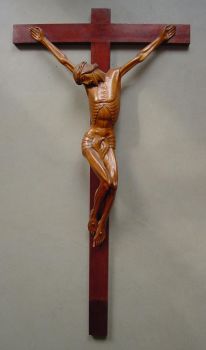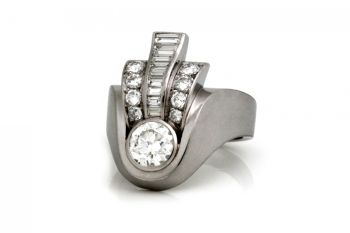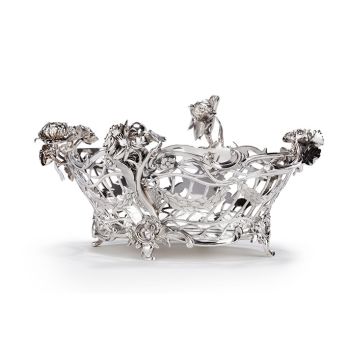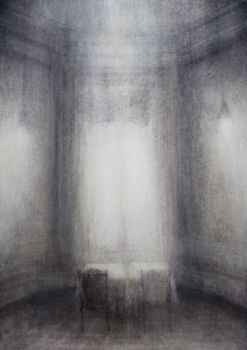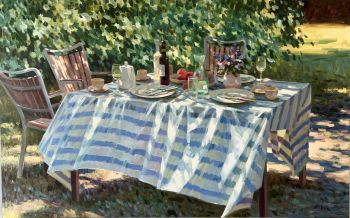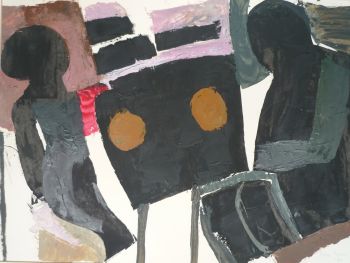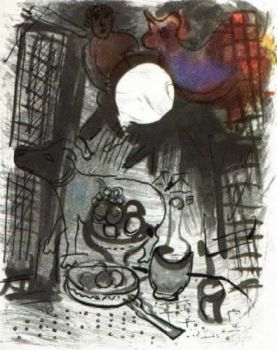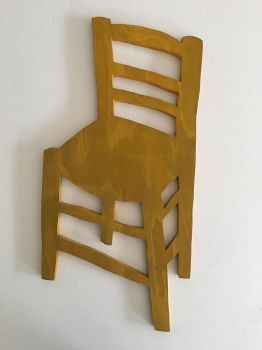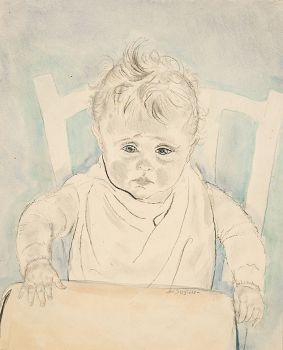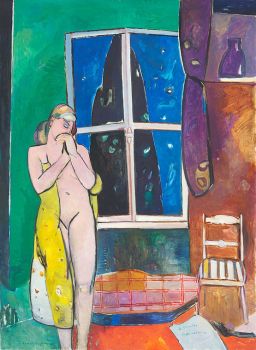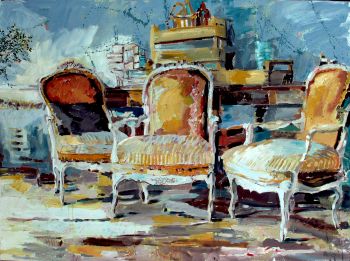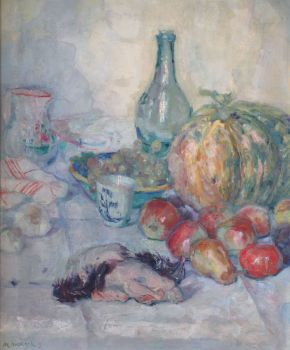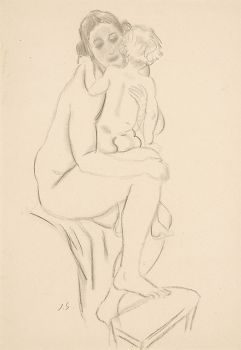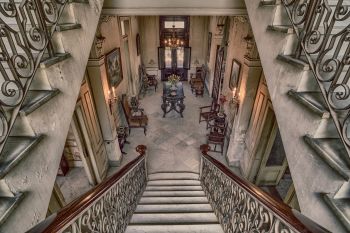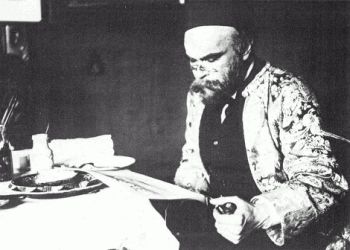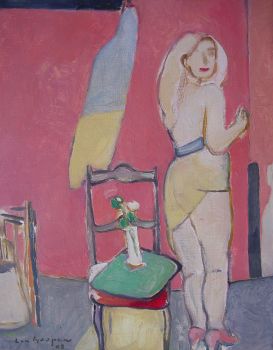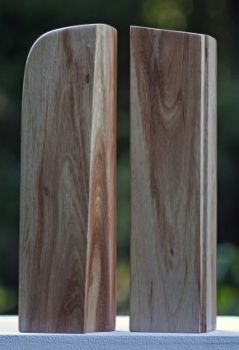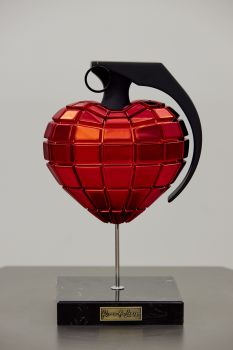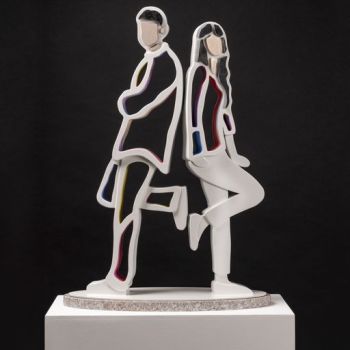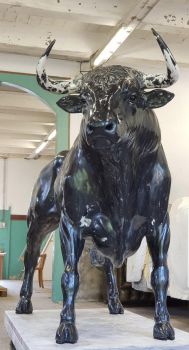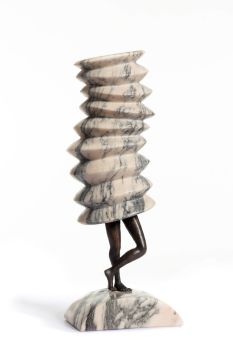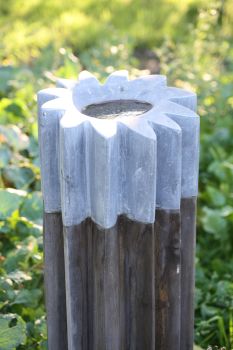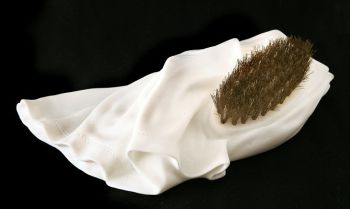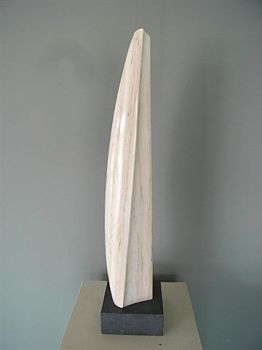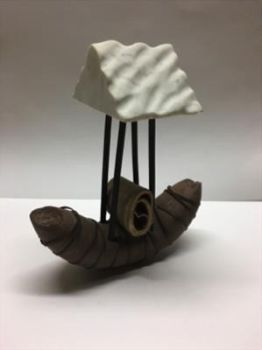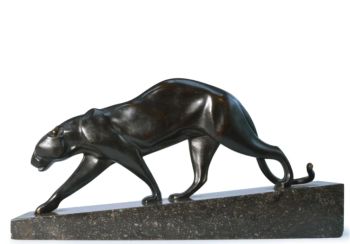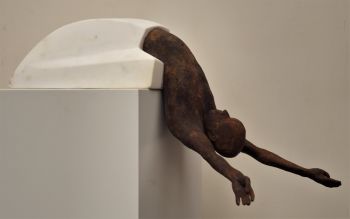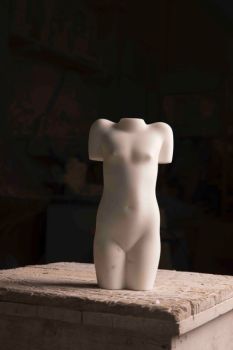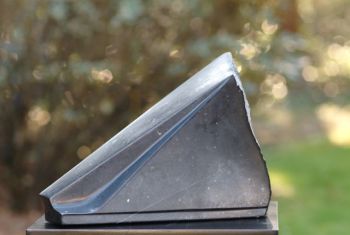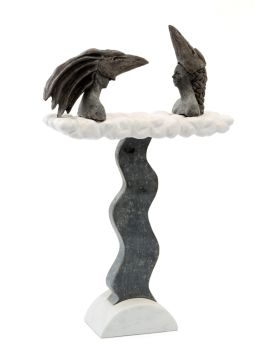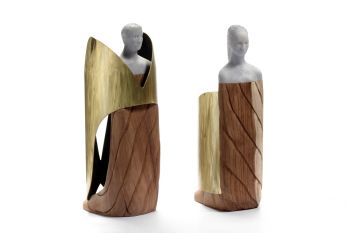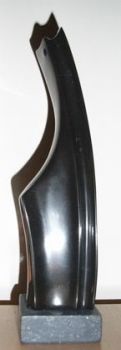Cômoda de transição francesa 1770
Artista Desconhecido
MármorePedraMadeiraMármore CinzentoCarvalhoRosewood
87 ⨯ 114 ⨯ 61 cm
Atualmente indisponível via Gallerease
- Sobre arteThis is the signature of Jacques Bircklé (1734 – 1803) who became a “maïtre ébéniste” (master furniture maker) in 1764 and who also was a “Juré des Menuisiers-Ebénistes”: a Juror both of the Guild of Woodworkers and the Guild of Furniture makers.
Jacques Bircklé produced wonderfully varied and fashionable furniture, always of the highest quality. He was an exceptionally able marqueterie maker and used different sorts of wood and coloured wood to great effect. He frequently used light coloured woods on a darker ground and his themes: vases, flowers, garlands and music-trophy’s are usually surrounded by a Greek fret.
Bircklé used to work for members of the French Royal House: Queen Marie-Antoinette, Madame Elisabeth (the youngest sister of King Louis XVI and the Duke of Orléans. And to this day his work is to be found in the Palace of Versailles and the Petit Palais in Paris, as well as in the Museum of Decorative Arts in Paris.
The commode of Transition form with a breakfront, has two drawers. The four rounded off corners as well as the corners of the breakfront are decorated with marqueterie representing a fluted column. The front of the commode is divided into three panels, the sides contain one panel each. All panels are surrounded by Greek frets.
The middle panel on the front shows a music-trophy with a violin, several flutes, drums, a horn and a score. Added to the instruments and score are a quiver, a torch and two birds.
On the left and right of the front the marqueterie within the panels consists of bunches of flowers. Both on the right and left side of the commode, the marqueterie shows a plinth with a vase containing several flowers.
The marqueterie of the middle panel on the front is very similar to that on a commode illustrated in Kjellberg, Le mobilier français du XVIIIe siècle, Paris 2002, p. 77, ill. d.
Stamped: J*BIRCKLE JME. - Sobre artista
Pode acontecer que um artista ou criador seja desconhecido.
Algumas obras não devem ser determinadas por quem são feitas ou são feitas por (um grupo de) artesãos. Exemplos são estátuas dos tempos antigos, móveis, espelhos ou assinaturas que não são claras ou legíveis, mas também algumas obras não são assinadas.
Além disso, você pode encontrar a seguinte descrição:
•"Atribuído a …." Na opinião deles, provavelmente uma obra do artista, pelo menos em parte
• “Estúdio de…” ou “Oficina de” Em sua opinião um trabalho executado no estúdio ou oficina do artista, possivelmente sob sua supervisão
• "Círculo de ..." Na opinião deles, uma obra da época do artista mostrando sua influência, intimamente associada ao artista, mas não necessariamente seu aluno
•“Estilo de…” ou “Seguidor de…” Na opinião deles, um trabalho executado no estilo do artista, mas não necessariamente por um aluno; pode ser contemporâneo ou quase contemporâneo
• "Maneira de ..." Na opinião deles, uma obra no estilo do artista, mas de data posterior
•"Depois …." Na opinião deles uma cópia (de qualquer data) de uma obra do artista
• “Assinado…”, “Datado…” ou “Inscrito” Na opinião deles, a obra foi assinada/datada/inscrita pelo artista. A adição de um ponto de interrogação indica um elemento de dúvida
• "Com assinatura ….”, “Com data ….”, “Com inscrição ….” ou “Tem assinatura/data/inscrição” na opinião deles a assinatura/data/inscrição foi adicionada por outra pessoa que não o artista
Artwork details
Related artworks
- 1 - 4 / 12
- 1 - 4 / 17
- 1 - 4 / 24
Artista Desconhecido
Uma rara filigrana a taça retortoli1550 - 1600
Preço em pedidoPeter Korf de Gidts - Antiquairs
Artista Desconhecido
A Surinam-themed Amsterdam long-case clock1746 - 1756
Preço em pedidoZebregs & Röell - Fine Art - Antiques
 Com curadoria de
Com curadoria deGallerease Magazine
Willem Witsen
Vintage portrait photograph of Paul Verlaine (sitting)1850 - 1900
Preço em pedidoKunsthandel Pygmalion
1 - 4 / 24- 1 - 4 / 24

